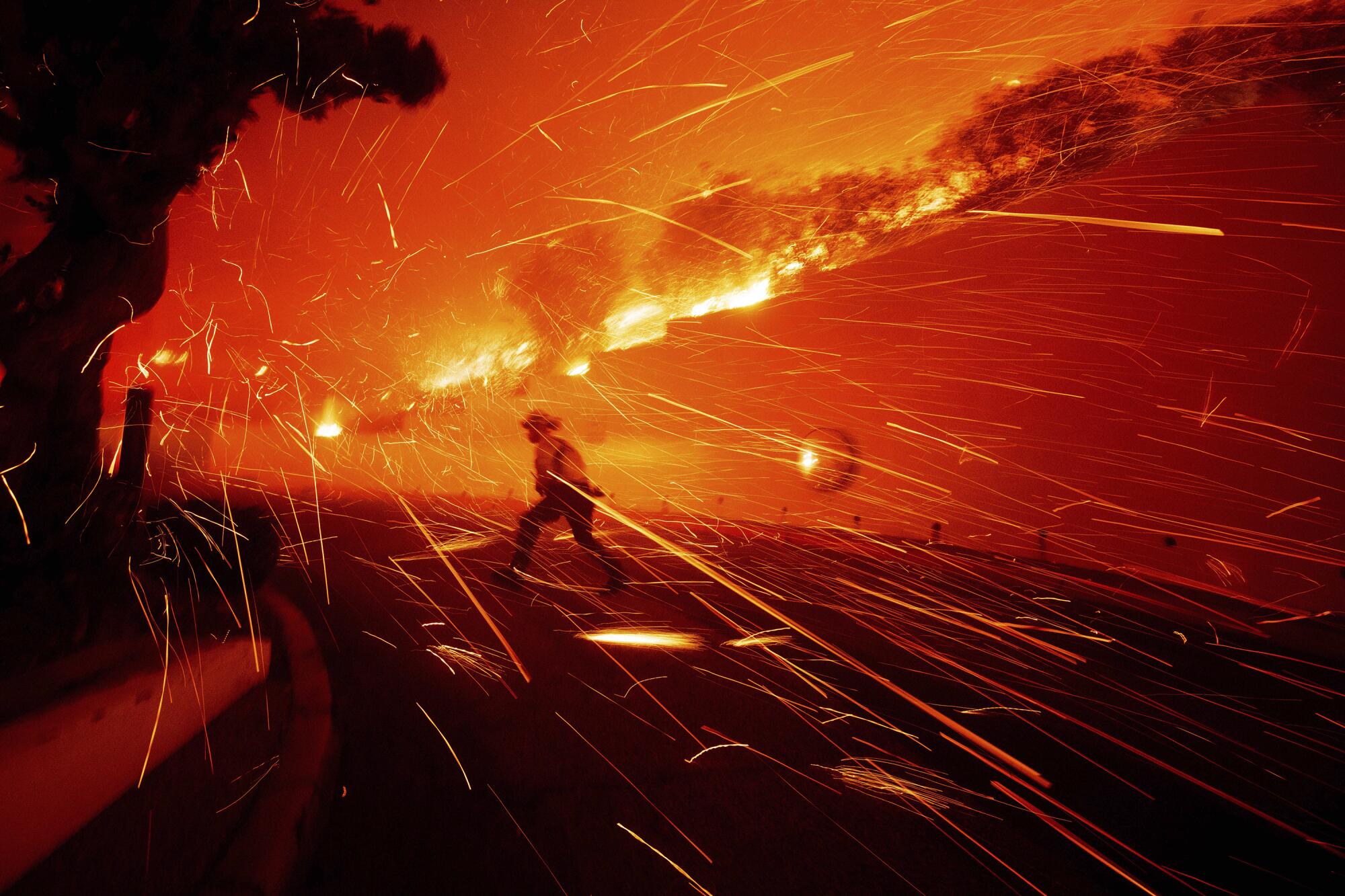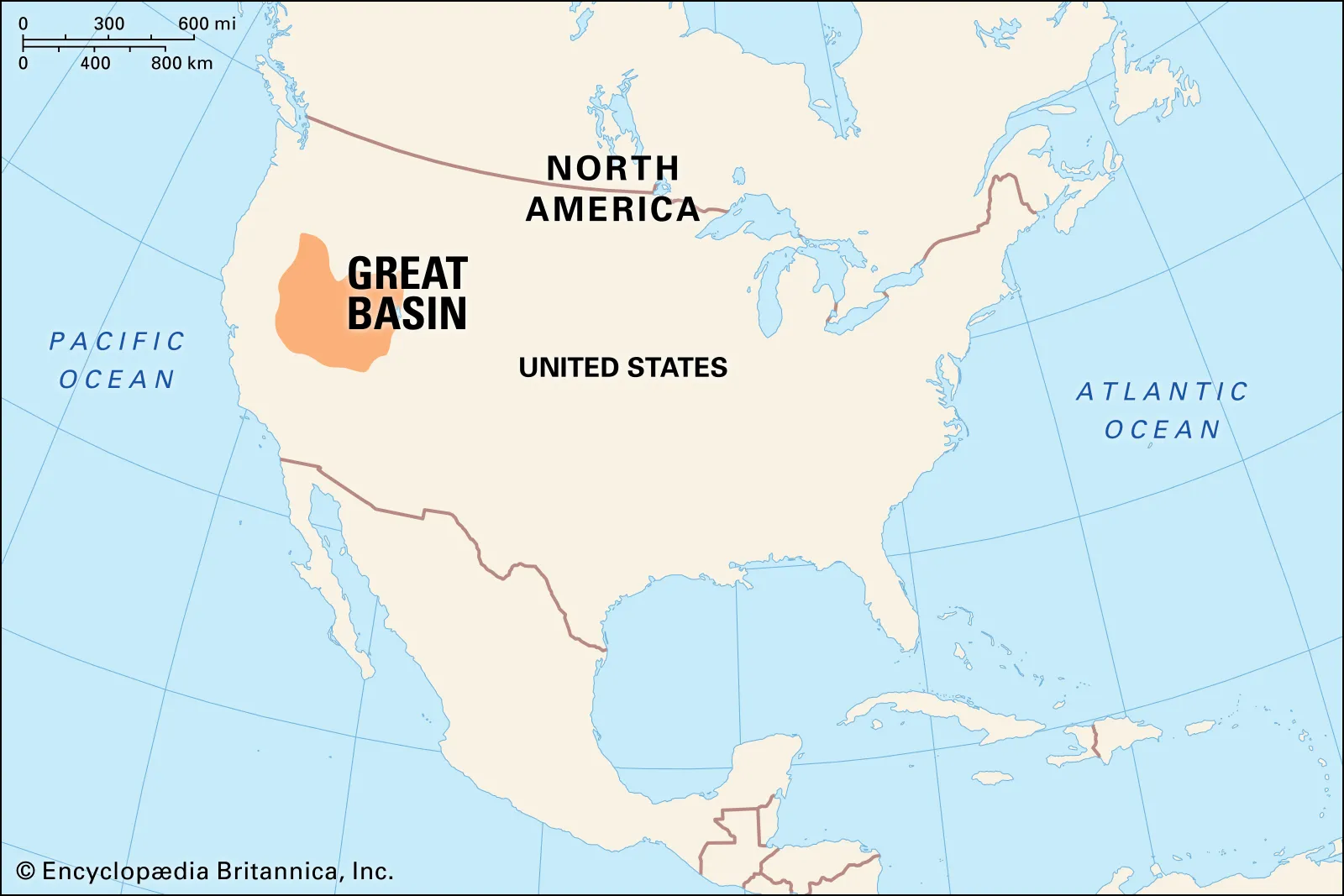- Courses
- GS Full Course 1 Year
- GS Full Course 2 Year
- GS Full Course 3 Year
- GS Full Course Till Selection
- MEP (Mains Enrichment Programme) Data, Facts
- Essay Target – 150+ Marks
- Online Program
- GS Recorded Course
- NCERT- First Ladder
- Polity
- Geography
- Economy
- Ancient, Medieval and Art & Culture AMAC
- Modern India, Post Independence & World History
- Environment
- Governance
- Science & Technology
- International Relations and Internal Security
- Disaster Management
- Ethics
- Current Affairs
- Indian Society and Social Issue
- CSAT
- 5 LAYERED ARJUNA Mentorship
- Public Administration Optional
- ABOUT US
- OUR TOPPERS
- TEST SERIES
- FREE STUDY MATERIAL
- VIDEOS
- CONTACT US
How ‘Santa Ana’ Winds and Climate Change Are Fueling Wildfires in Malibu
How ‘Santa Ana’ Winds and Climate Change Are Fueling Wildfires in Malibu
17-12-2024

- Firefighters are still working to control a wildfire in Malibu, California, which started on December 9, 2024.
- The fire, called the Franklin Fire, has already burned more than 4,000 acres and affected around 22,000 people.
- As of December 12, 2024, the fire is 20% contained, but officials say it will take several more days to fully control it.
- Although the cause of the fire is still unknown, experts believe that two key factors have made the fire so destructive: the Santa Ana winds and climate change.
What Are the ‘Santa Ana’ Winds?
- Santa Ana Winds occur when there is high pressure in the Great Basin, a region between the Rocky Mountains and the Sierra Nevada Mountains.
- At the same time, there is low pressure along California’s coast. This difference in pressure causes strong winds to blow from the Great Basin’s inland deserts over the mountains and towards the Pacific Ocean.
- As the winds move down the mountains, they compress and heat up, making the air extremely dry. The humidity can drop to less than 20%, sometimes even below 10%. This dry air causes vegetation to lose moisture, making it very dry and more likely to catch fire.
- Timing of the Winds: The Santa Ana winds usually occur from October to January. This happens because winter weather causes high pressure to build in the Great Basin, interacting with low-pressure air over the Pacific Ocean.
- How It Helps Wildfires: The dry conditions created by the Santa Ana winds make the vegetation in Malibu very dry, which helps the fire spread quickly. This is one reason the Franklin Fire became so destructive.
The Role of Climate Change
- Wildfires Are Natural: Wildfires, especially those caused by the Santa Ana winds, are a natural part of California’s environment. However, in recent years, the wildfire season has become longer and the fires have grown stronger.
- Longer Wildfire Seasons: A 2021 study in the journal Nature Scientific Reports found that the wildfire season in California has become longer over the past 20 years. The peak of the wildfire season has also shifted from August to July.
- More Intense Fires: A 2023 study published in the Proceedings of the National Academy of Sciences revealed that 10 of the largest wildfires in California’s history occurred in the past 20 years. Five of those fires happened in 2020 alone.
- Climate Change’s Impact: These changes are mainly due to climate change. Rising global temperatures have caused warmer springs and summers and earlier snowmelt in the spring. These changes create longer dry seasons, which put more stress on plants and make them more likely to catch fire. As a result, California's forests and other areas are more vulnerable to wildfires.
- Future Projections: The situation is expected to get worse unless greenhouse gas emissions are reduced. According to a recent United Nations report, global temperatures could rise by more than 3°C by the end of the century, which is more than twice the 1.5°C limit that world leaders have been aiming for.

| Also Read | |
| UPSC Prelims Result | UPSC Daily Current Affairs |
| UPSC Monthly Mgazine | Previous Year Interview Questions |
| Free MCQs for UPSC Prelims | UPSC Test Series |
| ENSURE IAS NOTES | Our Booklist |
India’s EV Mission: Progress Delayed, Not Denied
India’s EV Mission: Progress Delayed, Not Denied



